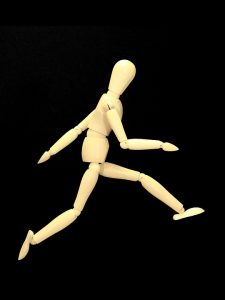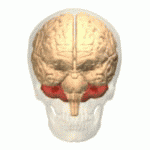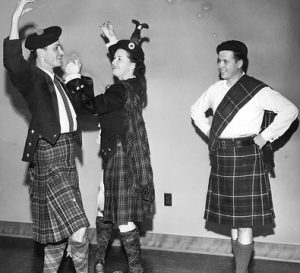BANDNews-Back issues: Movement in Mind
From MAY 2017
 In recent years, we’ve heard a lot about the importance of playing outside and being able to run around for children’s development. Further neuroscience research continues to back this up, yet children are still leading incredibly sedentary lives.
In recent years, we’ve heard a lot about the importance of playing outside and being able to run around for children’s development. Further neuroscience research continues to back this up, yet children are still leading incredibly sedentary lives.
If we observe young children we see they wriggle, fidget and roll around at any opportunity. As they get older they throw themselves around making all sorts of complex and unusual shapes with their bodies, learning to balance, jump, swing and climb. It is a natural and biological drive to behave this way; it helps children to learn – and not just about movement.

There’s a part of the brain which sits at the base of the back of the skull, called the cerebellum. It literally needs variety of movement to function effectively. The cerebellum is responsible for storing information about, predicting, planning and correcting movements. Because of its role in this, the cerebellum also supports cognitive development. So, in this way we can see that movement is important for more formal learning tasks. Consider how many adults say that they like to doodle while learning or they prefer to learn by doing, yet we continue to ask children to sit still behind a desk. Furthermore, sitting still actually tires children out more than using up their energy in physical activity.
Both the body and brain crave movement, the more complex and novel the better. Research has shown that this type of movement stimulates the brain more, increasing synaptic connections which keep the brain young and agile. Once learned, brain effort and energy decreases so new movement and new learning needs to take place for the brain to continue working at the same level. The human body adapts incredibly quickly. This also means that it doesn’t matter if you never master something; it’s the trying that matters!

This leads to the question of, if we apply this to children, why not to ourselves as adults? We need to keep moving too and in novel and complex ways as this too has been show to keep adult brains healthy as well as increase overall health and wellbeing.
So get involved and crawl, run, jump and climb with the children in your setting when asked. It’ll make you laugh and be good for your health! It’ll clear your head and you’ll have greater ability to focus too. It’ll improve your balance and agility and may even prevent injury in years to come!
Want to know more?
See the article in Nursery World January 2017 or
www.thebioneer.com/movement-triggers-learning-brain-loves-parkour/
Or watch this TED talk
www.ted.com/talks/daniel_wolpert_the_real_reason_for_brains/transcript?language=en
